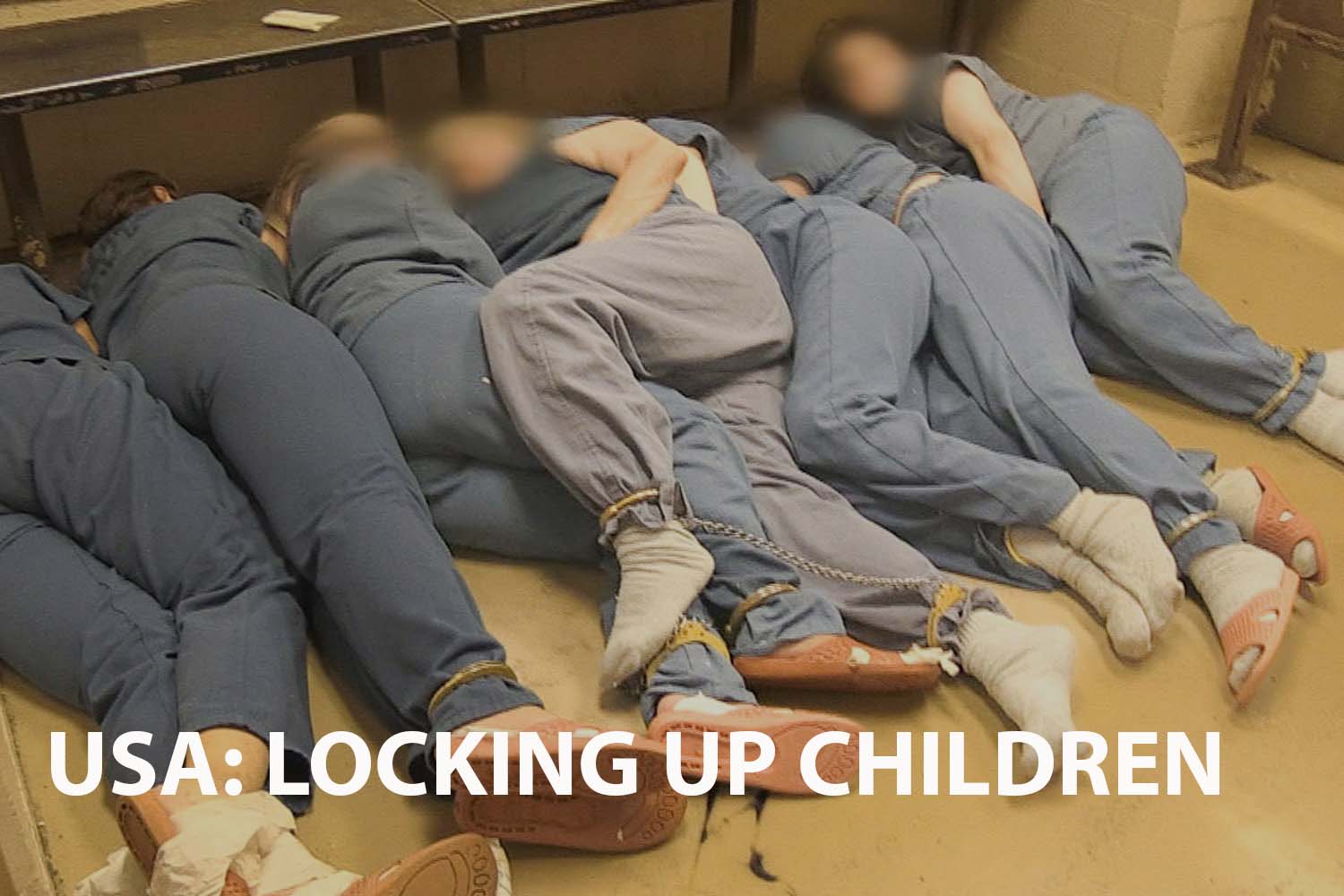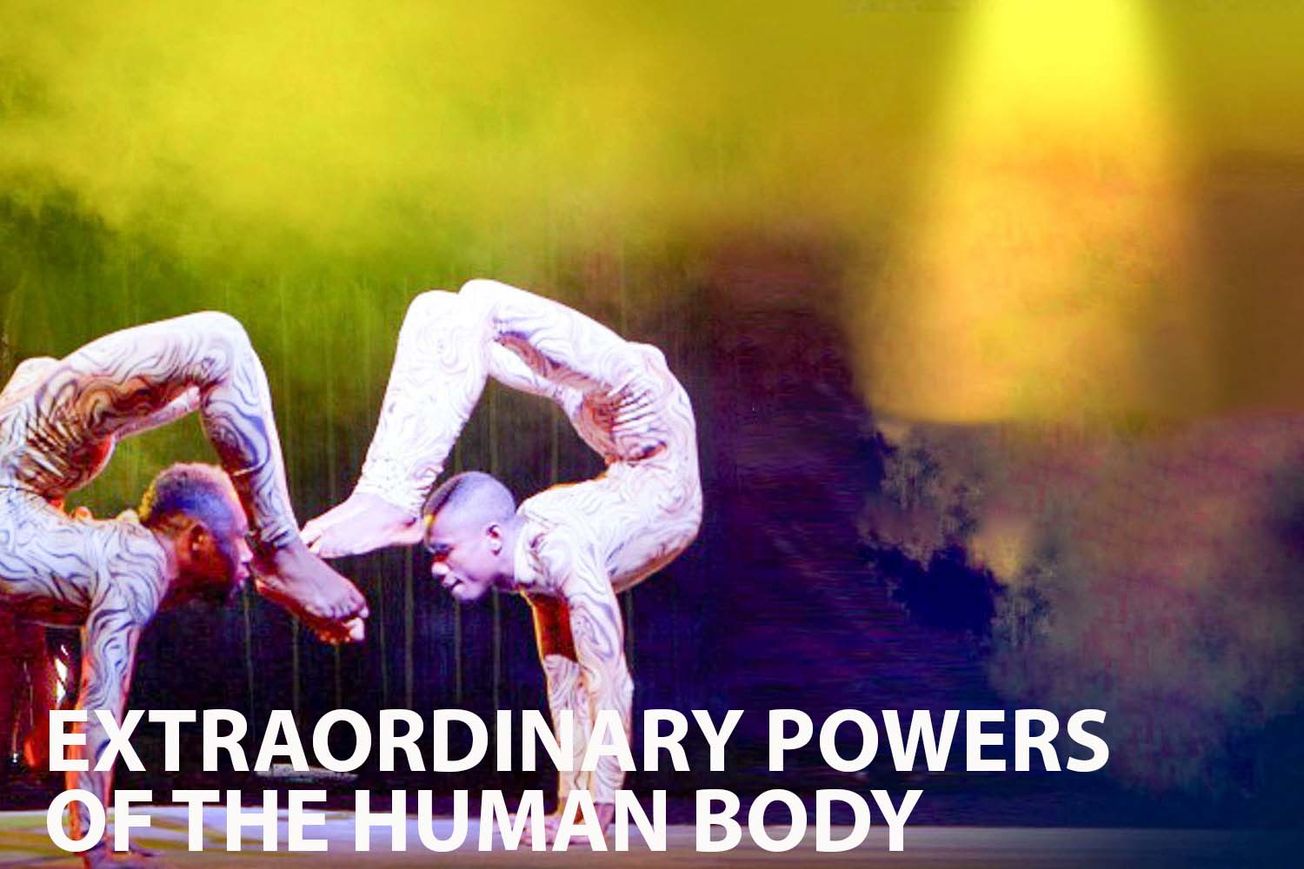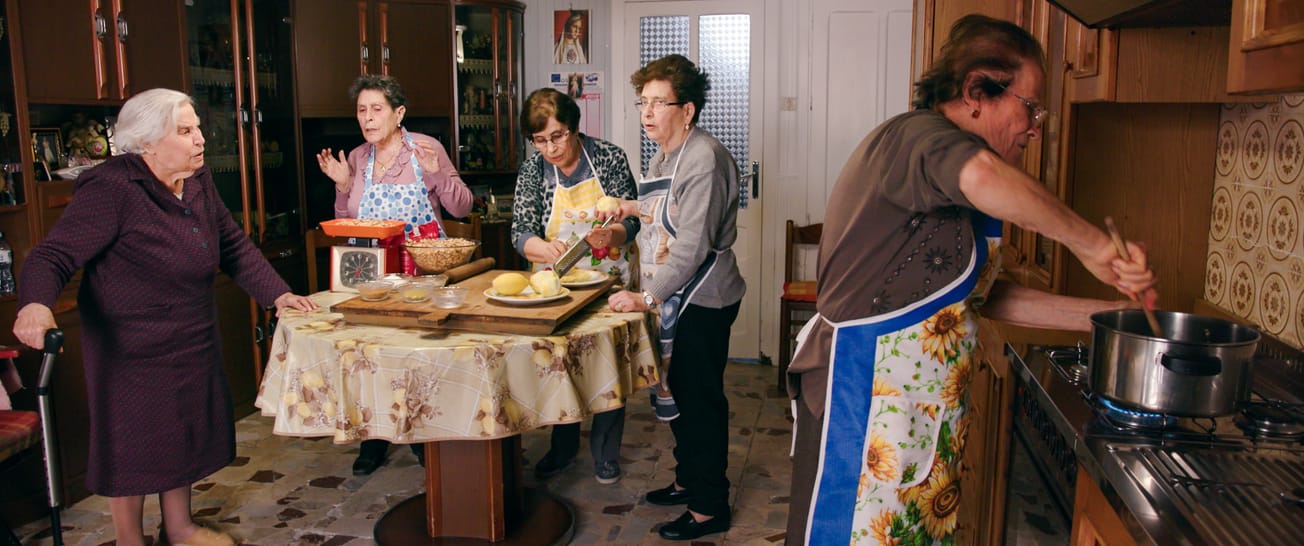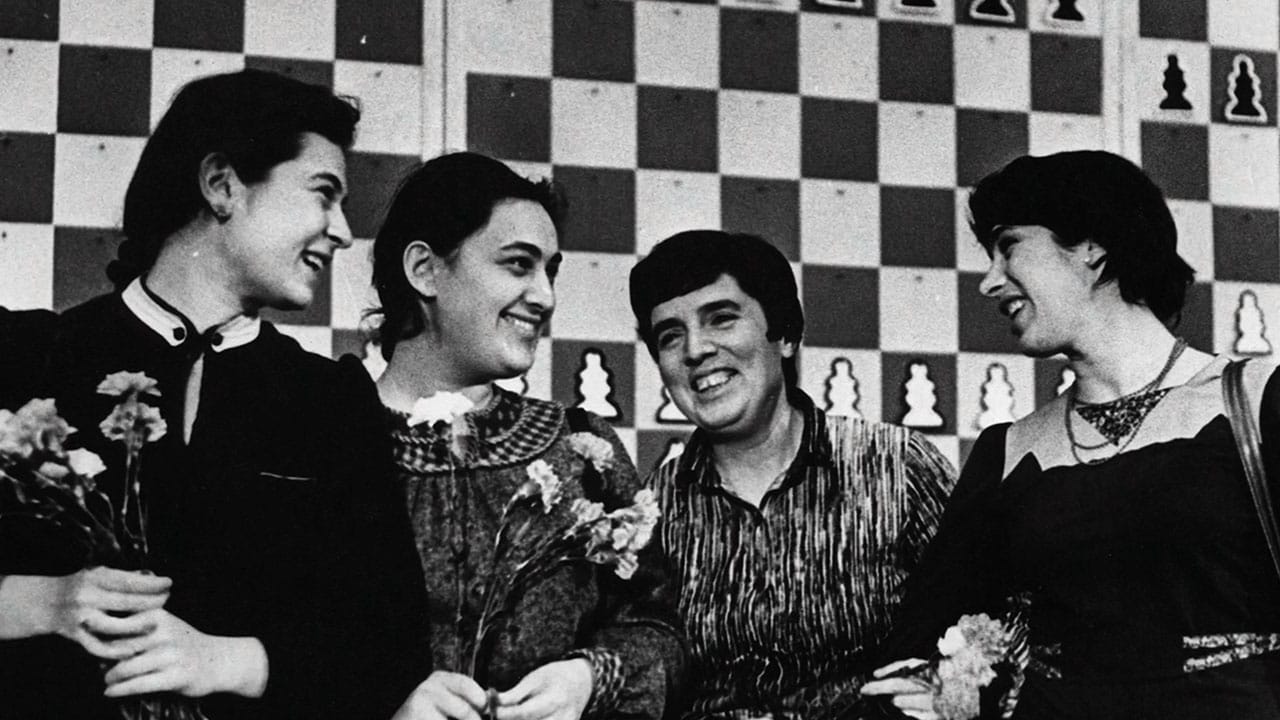Keywords: American prison system, juvenile justice, incarceration, human rights, criminal justice reform, social inequality, documentary. Three words: 'Eye-opening', 'Heartbreaking', 'Revealing'
Introduction
"USA: Locking Up Children", directed by Esther Goldmann and released in 2019, is a powerful and provocative documentary that takes us inside the American juvenile justice system. This film provides an unflinching examination of how and why an alarming 70,000 minors end up behind bars in America each year.
Synopsis
The documentary provides an insider’s perspective on the circumstances and societal systems that lead to the incarceration of children in the United States. It examines the controversial and often criticized practices of the juvenile justice system, and the heart-wrenching stories of young offenders who find themselves caught in this cycle of punishment.
More Film Analysis
Analysis
The documentary adopts an observational style, using interviews, personal narratives and shocking statistics to shed light on the harsh realities faced by children in the American justice system. The film’s depth of research and exploration of its subject matter is commendable, highlighting not just the system’s failings, but also the societal issues that contribute to juvenile delinquency.
Historical and Factual Context
The documentary explores the historical context of the juvenile justice system in the U.S., as well as the legal and societal factors that contribute to the high rates of youth incarceration. The film also touches on recent reform efforts and their impact on incarcerated youths.
Key themes in the film
- The flaws and failings of the American juvenile justice system
- The social and economic factors leading to youth crime
- The impact of incarceration on the lives of young offenders
- The necessity and challenges of criminal justice reform
Film Comparisons
"USA: Locking Up Children" can be compared to documentaries like "13th" and "Kids for Cash", which also explore the American justice system and its impact on young lives. However, where "USA: Locking Up Children" stands out is in its focus on the experiences of the incarcerated youth themselves, providing an emotional and personal perspective that is often missing in similar documentaries.
Noteworthy Moments
The personal narratives of the incarcerated youths are among the most impactful moments in the documentary. Their stories highlight the injustices and hardships they face, providing a human face to the alarming statistics.
Reviews
The documentary has been praised for its in-depth exploration of a critical issue and its unflinching depiction of the realities faced by incarcerated youths. Critics have also commended the film for its balanced approach, highlighting both the system’s flaws and the efforts being made to reform it.
Conclusion
"USA: Locking Up Children" is a significant documentary that shines a light on a critical and often overlooked issue. It is a must-watch for anyone interested in criminal justice reform, social inequality, or human rights.
More film information:
FILM SUMMARY
- Genre: Documentary
PERSONALITIES
- Esther Goldmann: Director
- Featured Youths: Incarcerated minors sharing their personal stories
LOCATIONS
- Various juvenile detention centers across the United States
Key Questions Raised by the Film:
- Why are so many minors incarcerated in the U.S.?
- What are the societal and systemic factors contributing to youth crime?
- What impact does incarceration have on the lives of these young offenders?
- How can the juvenile justice system be reformed to better serve these youths?
Links for Further Exploration:
I wonder what the film would be in another art form



- If this film was a famous book, it would be "To Kill a Mockingbird" for its exploration of the injustices in the justice system.
- If this film was a famous song, it would be "The Times They Are a-Changin'" by Bob Dylan for its call for societal change.
- If this film was a famous piece of art, it would be Picasso's "Guernica" for its depiction of suffering and injustice.
- If this film was a famous celebrity, it would be Bryan Stevenson for his advocacy for criminal justice reform.
- If this film was a color, it would be grey, representing the bleak outlook for many incarcerated youths.
- If this film was a music style, it would be blues, for its expression of sorrow and hardship.








